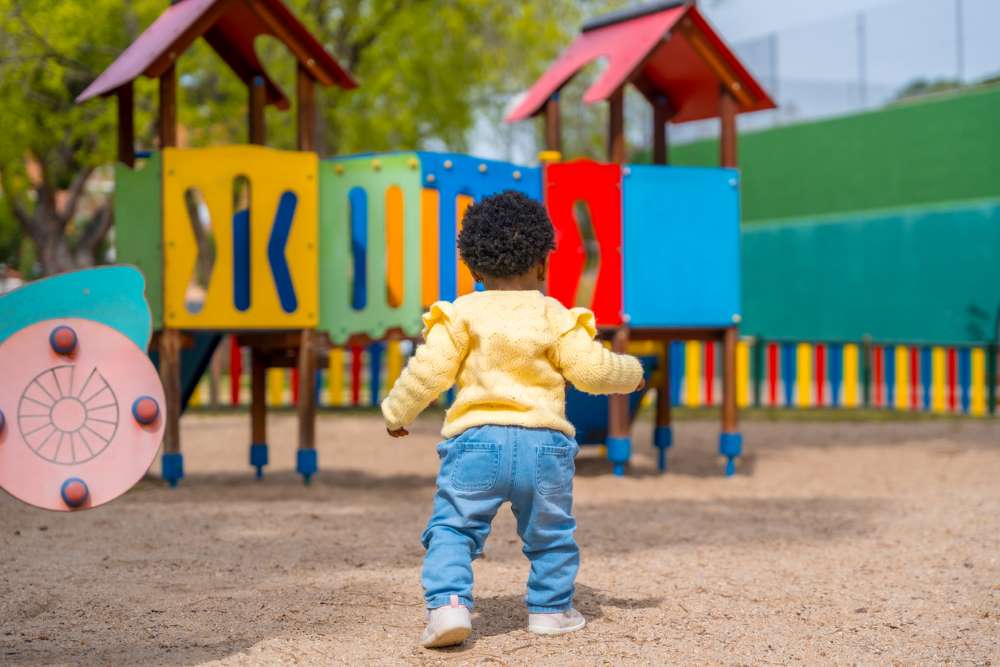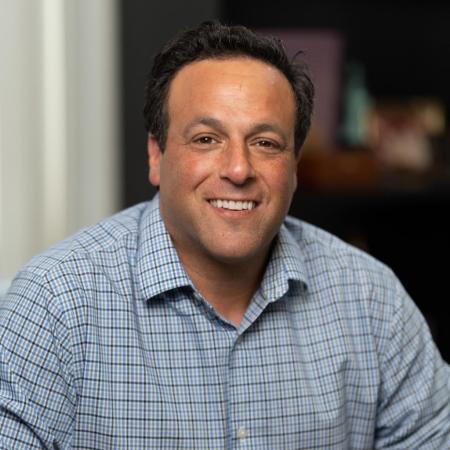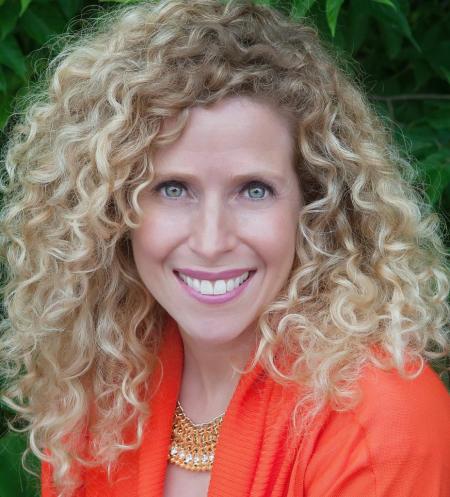
Playgrounds offer a world of exploration, imagination, and physical activity for children. However, this carefree environment can also present hidden dangers. Slip and fall accidents are a leading cause of injuries for children on playgrounds. Understanding how to keep your children safe while advocating for their well-being in case of an accident is crucial.
This guide will empower you with the knowledge you need to protect your child's right to safe play and navigate any legal claims that might arise if your child is injured.
Playground Safety: Whose Responsibility Is It?
The responsibility for playground safety falls on several shoulders. Parents, caregivers, and those who own and maintain the playground facilities all share a role in keeping kids safe.
Parents, guardians, and caregivers are responsible for supervising children on the playground, but their role in keeping children safe doesn’t end there. They should teach children about safe play practices, like using equipment appropriately and taking turns. Matching children with age-appropriate equipment, intervening when unsafe maneuvers or behaviors start, and making sure kids wear playground-appropriate clothing and shoes are also important.
Municipalities, property owners, schools, and daycare facilities should conduct regular inspections and perform routine maintenance to ensure the playgrounds they’re responsible for are safe. This includes making sure appropriate surfacing materials are present underneath playground equipment to cushion falls, handrails and guardrails are in place and stable, and areas are free from broken glass or other debris that could cause injuries.
Be On the Lookout for These Playground Hazards
Knowing what hazards to watch out for, and taking action when they exist, is a significant part of keeping your child, and other children, safe on the playground. While kids can get hurt in just about any situation, the following playground hazards are accidents waiting to happen.
-
Worn or Damaged Equipment: One significant playground hazard is unsafe equipment and structures. This includes old or poorly maintained equipment, such as rusty swings, broken slides, or unstable climbing structures. These hazards can cause falls, entrapment, or collisions, resulting in injuries ranging from cuts and bruises to more severe fractures or head injuries.
-
Improper Surfacing: playground surfaces also play a crucial role in preventing injuries. Surfaces made of concrete, asphalt, or hard-packed dirt increase the severity of injuries during falls. Instead, playgrounds should have impact-absorbing surfaces such as rubber mulch, wood chips, or synthetic turf to cushion falls and reduce the risk of serious injuries.
-
Inadequate Spacing Between Equipment: Inadequate spacing between equipment and structures can also pose hazards. Overcrowded playgrounds increase the likelihood of collisions between children or entanglements in equipment. Proper spacing allows children to move freely and safely between play areas without such a high risk of accidents.
-
Non-Inclusive Design: A lack of accessibility features can put children with disabilities in harm’s way when participating in playground activities. Playgrounds should be designed to accommodate children of all abilities, including those with mobility impairments, sensory sensitivities, or other special needs. This may involve incorporating ramps, sensory-friendly equipment, and inclusive play spaces to ensure that every child can enjoy the benefits of outdoor play in a safe and inclusive environment.
What to Do if Your Child Gets Hurt On the Playground
Accidents happen, even with the best precautions. Knowing what to do if your child gets hurt is vital. If your child suffers injuries on the playground, his or her well-being is priority. Assess the severity of the injuries, and administer first aid if the injuries are minor. If the injuries are severe, call 9-1-1 immediately to get help on the way.
If your child’s condition is stable, and you feel comfortable doing so, try to gather evidence that might tell the story of how your child was hurt. Take pictures of the equipment involved and any visible hazards that may have contributed to the accident. If possible, exchange contact information with any witnesses present. Their statements might be valuable later.
If the accident occurred at a public park or school playground, report it to the park authority or school officials. If it happened at a daycare or private residence, inform the property owner or person responsible for maintaining the playground. This helps them address the hazards and prevent future accidents from occurring. It also creates a record of the incident.
If your child doesn’t require immediate medical attention, be sure to get him or her checked out by a doctor as soon as you can. Some seemingly minor injuries can prove serious, or even fatal, if they aren’t identified and treated right away. Remember, some types of internal injuries, like organ damage, internal bleeding, or traumatic brain injuries, may not be immediately apparent.
Contact a personal injury lawyer for a case evaluation if your child required medical care because of the accident. An experienced attorney who is familiar with premises liability laws and has handled similar types of accidents in your area will be your best choice.
Your lawyer will investigate your case to determine the factors that contributed to your child’s accident and consider whether negligence existed when your child got hurt. The attorney will identify all parties who may have held responsibility for ensuring your child was safe, and the sources of recovery available. Next, he or she will discuss your legal options with you and help you decide the best way to move forward.



























